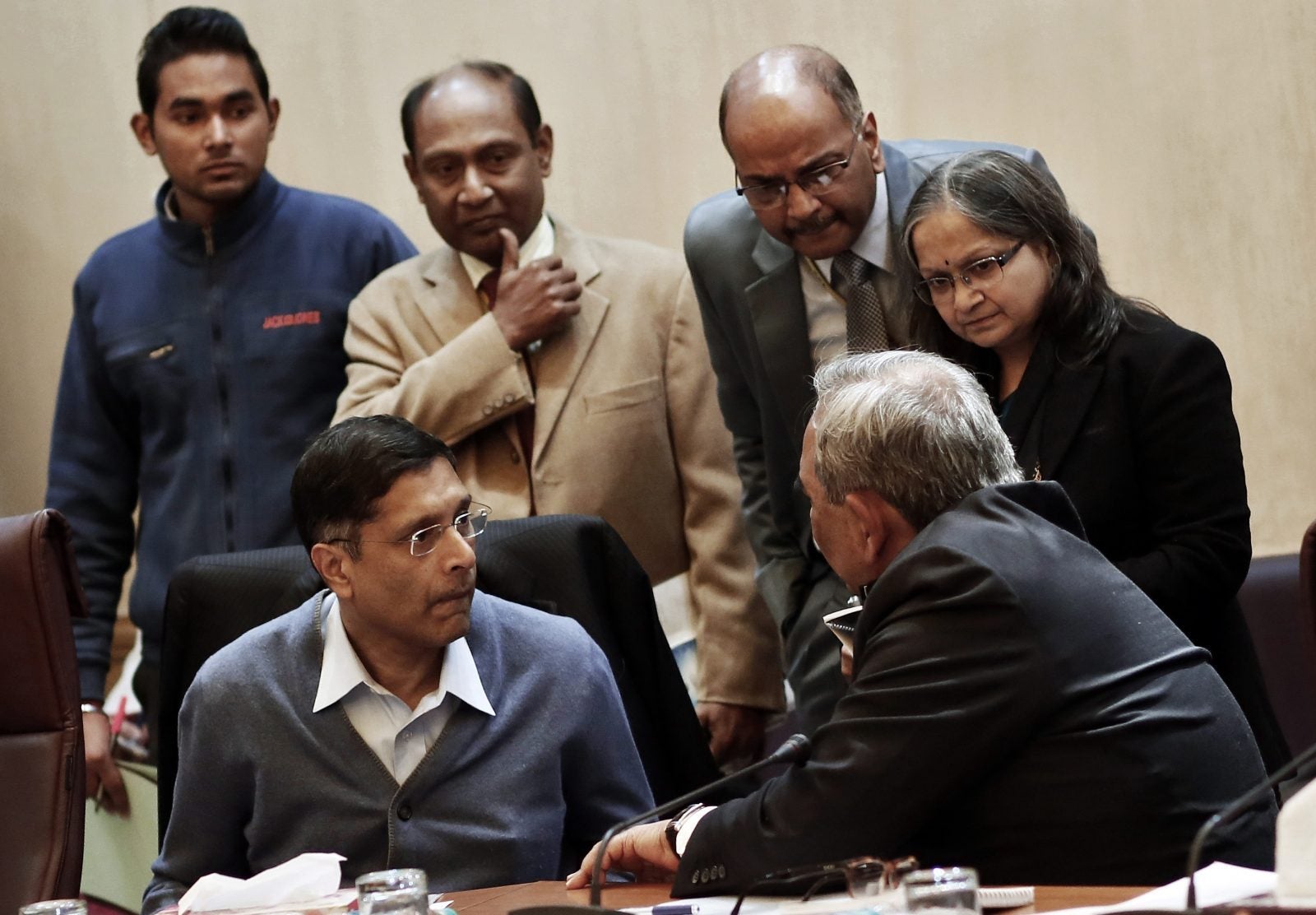Modi’s former top economist says India overestimated its GDP growth numbers
The “fastest growing major economy” tag India boasted of till recently may have been based on spurious numbers.


The “fastest growing major economy” tag India boasted of till recently may have been based on spurious numbers.
The country’s GDP growth between the financial years 2012 and 2017 was overestimated by around 2.5 percentage points, according to Arvind Subramanian, former chief economic advisor (CEA) to prime minister Narendra Modi. During that period, India’s economy grew at just 4.5%, and not the official 7%, Subramanian has written in an article in the Indian Express newspaper today (June 11).
“My new research suggests that post the global financial crisis, the heady narrative of a guns-blazing India—that statisticians led us to believe—may have to cede to a more realistic one of an economy growing solidly but not spectacularly,” he wrote.
He suggests that it is the growth in the manufacturing sector that has been overestimated. This sector has been contributing between 15% and 17% to the nation’s GDP between financial years 2012 and 2017.
Before 2011, national income accounts showed that the manufacturing value added moved closely in line with the country’s industrial production and manufacturing exports. “But afterwards, the correlations turn strongly, and bizarrely, negative,” explained Subramanian.
Policy clarity
It is important for any country to have the correct estimates for GDP growth not just for reasons of reputation, but also because the numbers form the basis of many policy decisions, added India’s former top economist.
His research, for instance, shows that the country’s central bank had enough room to cut interest rates in 2012-17, but didn’t because growth did not seem a worry. Then, certain key government reforms also got delayed due to the overestimated GDP numbers. “The Indian policy automobile has been navigated with a faulty, possibly broken, speedometer,” Subramanian said.
In the past few years India has been in a state of jobless growth as unemployment hit a 45-year high in financial year 2019. It is likely that the weak job growth and acute stress in the financial sector can now be explained by the modest GDP growth, adds Subramanian.
“Going forward, there must be reform urgency stemming from the new knowledge that growth has been tepid, not torrid.”
Subramanian is also keenly aware of the criticism that may come his way for not pointing out these divergences while he was the CEA during October 2014 and 2017, after which he was given a year’s extension. But he abruptly quit in June 2018 before the extension period ended citing personal commitments.
“Throughout my tenure, my team and I grappled with conflicting economic data. We raised these doubts frequently within the government, and publicly articulated these in a measured manner in government documents, especially the Economic Survey of July 2017,” he said.
However, only after his tenure in the government ended did he get the time and space to do detailed research, and come up with a study supported by robust evidence, clarifies Subramanian.
Now, it is to be seen if the Modi government pays any heed to its former star economist.